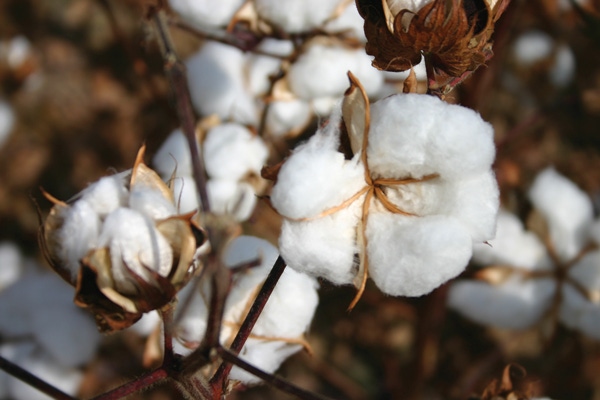
Arizona has made great advances in cotton insect pest management.Bt cotton is the ultimate green technology which has permitted growers to forego most lepidopteran chemical controls and to functionally eradicate the pink bollworm.One way to stay “green” in cotton is to choose selective chemical controls when insecticides are needed for insect control.
July 25, 2011

“Green” is a terribly overused and poorly defined term. Yet, consumers seem to know that “green is good” and some scrutinize where food and fiber comes from and how it is produced.
Arizona has made great advances in cotton insect pest management. Bt cotton is the ultimate green technology which has permitted growers to forego most, if not all, lepidopteran chemical controls and more recently to functionally eradicate pink bollworm.
Along with Bt, whitefly specific insect growth regulators (Courier and Knack) ushered in a new era of “selective” pest control beginning in 1996. Selective means the target is controlled while most or all other non-target organisms are unaffected, including predators, parasitoids, and pollinators.
In 2006, Arizona gained access to Carbine, a fully selective, lygus-specific feeding inhibitor. One way to stay “green” in cotton is to choose selective chemical controls when insecticides are needed for insect control.
Our guidelines emphasize efficacy and selectivity in chemical controls and are based on over a decade of field research in the Arizona cotton system. Selectivity can only be assured by this type of direct testing in the field where target and non-target organisms live.
Poor choices of chemical controls can have negative impacts on a whole range of species that are otherwise important in contributing to the control of primary and secondary insect pests.
With lepidopteran pests diminished in importance in our system, whiteflies and lygus bugs remain as the key or primary pests. Good management for these pests, including the use of selective controls when indicated by careful sampling and use of thresholds, helps protect against outbreaks of many other secondary pests, saves money, and saves the environment.
Or, if you prefer… it helps us keep our cotton system “green.”
To view the related tables with this article, click on this link: http://ag.arizona.edu/crops/cotton/files/SelectiveChemicalControlsvF.pdf
You May Also Like



